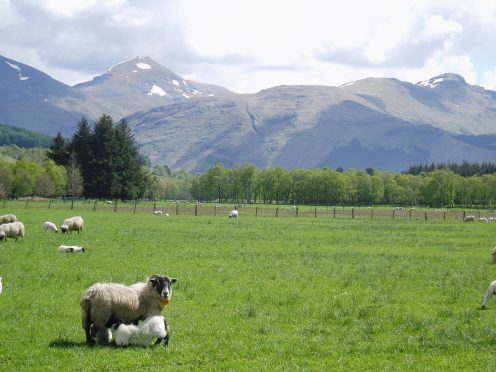Choosing which ewes to retain in the flock is crucial to maintaining good flock performance. It is, however, often performed on a subjective basis that relies on the shepherd’s experience and her or his ability to identify productive ewes.
As part of an ongoing PhD project at SRUC’s Kirkton and Auchtertyre upland research farms, we collected detailed data over two years from ewes within our Kirkton flock at stock draw, the term we have adopted for the process of sorting and drafting ewes, to keep or sell, in preparation for the next breeding season.
The data was collated into three different categories: appearance traits scored by the shepherd at the time of stock draw; recorded performance history; and Estimated Breeding Values (EBVs) generated by Signet Breeding Services.
The survival of each ewe and her performance (number and weight of lambs weaned) were recorded each year following the stock draw.
Overall, we found that the recorded performance data predicted survival and performance of the ewe in the following year with higher accuracy than appearance traits or EBVs alone. In particular, the ewe’s weight pre-mating, her weights and body condition scores from the previous year (especially in early pregnancy and at weaning), previous litter size, and the ewe’s own wean weight as a lamb were all significant in predicting ewe survival and performance.
Ewe size, jaw position and flatness of back were the three appearance traits which were significant for predicting future but poorly predicted survival. The EBVs that best predicted survival were the ewe’s own breeding value for eight week weight and scan weight, while the EBV that best predicted future performance was litter size.
Consistently and objectively identifying those ewes more likely to survive, and be productive over the coming year, can therefore aid and improve the selection process even when parentage data (and therefore EBVs) are unavailable. Taking such an approach becomes even more important in larger flocks where the shepherd’s skills and expertise have be spread over many more ewes. This research is primarily funded from the Scottish Government’s rural and environment science and analytical services division strategic research programme.
*In his monthly column, SRUC’s Professor Davy McCracken provides an insight into the work being done at the college’s hill and mountain research centre at Kirkton and Auchtertyre










